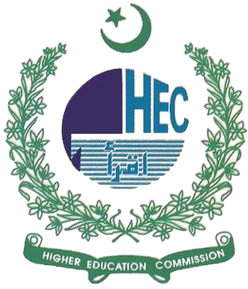ESL TEACHING USING GRAMMAR TRANSLATION METHOD AT SECONDARY LEVEL ACCORDING TO THE CURRICULUM IN PUNJAB
DOI:
https://doi.org/10.63878/jalt1084Keywords:
Grammar Translation Method, Native Language, Target Language, Curriculum, Secondary School Learners.Abstract
This research explores the implementation of the Grammar Translation Method (GTM) in the teaching of English as a Second Language (ESL) at the secondary level in Punjab, Pakistan. Despite ongoing debates in language teaching methodology, GTM remains widely used in Pakistani schools due to its alignment with the national curriculum and the practical ease it provides to both teachers and students. The study aims to examine the reasons for the persistence of GTM, its strengths and limitations in teaching English grammar and vocabulary, and how it shapes classroom practices and assessment structures. Using content analysis, data was collected from English textbooks prescribed by the Punjab Curriculum and Textbook Board (PCTB), classroom observations, and secondary resources. The findings reveal that GTM is embedded in curriculum design and instruction, which relies heavily on translation, rote memorization, and rule-based grammar teaching, with minimal focus on speaking and communicative competence. Teachers and students prefer GTM due to its familiarity and exam-oriented outcomes, although it limits learners’ ability to use English in real-life contexts. This study highlights the need to critically assess GTM’s role in ESL instruction and recommends incorporating more communicative and learner-centered approaches to enhance language proficiency in Pakistani classrooms.
Downloads
Published
Issue
Section
License

This work is licensed under a Creative Commons Attribution-NonCommercial-NoDerivatives 4.0 International License.


